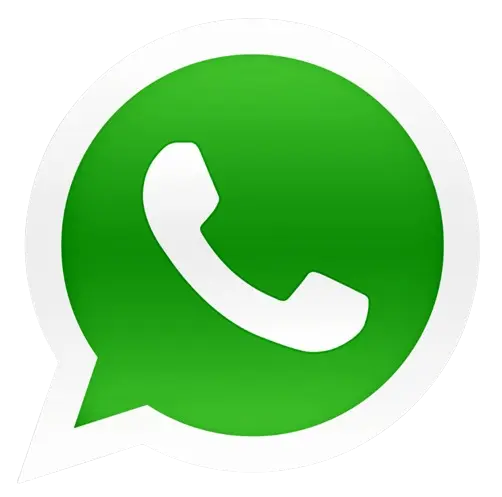Millions of Americans are eagerly awaiting financial relief this fall as the federal government prepares to distribute $2,000 direct deposits to eligible citizens in October 2025. After months of speculation and economic stress, this new round of payments aims to help families manage the persistent inflation, rent increases, and daily expenses that are straining budgets across the country.
The announcement has captured national attention—and for good reason. Many families are still recovering from the financial shock of the pandemic, while salaries are struggling to keep pace with rising costs. The IRS, in partnership with the U.S. Department of the Treasury, has confirmed plans to begin processing payments in the first half of October. Here’s everything you need to know about eligibility, payment methods, and specific dates.
Why $2,000 Direct Deposits Were Approved
The new $2,000 payment is part of a larger economic relief package designed to provide short-term assistance to Americans most affected by inflation and higher living costs. Lawmakers emphasized that the goal is to provide financial assistance to families while boosting local economies across the country.
Unlike some previous stimulus efforts, there is no separate application requirement for this program. The IRS will use tax return data and benefit records to determine who qualifies. Eligible recipients will receive the money directly into their bank accounts, reducing delays and ensuring it reaches those who need it most.
Officials have clarified that the $2,000 payment is not a loan and does not require repayment. It is considered a tax-free relief payment, just like previous stimulus checks.
$1,702 Stimulus Payment for All – Full October 2025 Payment Schedule Released
Who is eligible for a $2,000 Direct Deposit?
Eligibility for the October 2025 payment is largely in line with the criteria used for previous federal relief programs. If you met the income requirements on your latest tax return, you’re likely eligible.
Here are the details:
-
Income Limits
-
Single filers: Must earn less than $75,000 per year.
-
Heads of household: Must earn less than $112,500 per year.
-
Married couples filing jointly: Must earn less than $150,000 per year.
Payments will gradually phase out above these limits, decreasing until they reach zero at higher income levels.
-
-
Citizenship & Residency
You must be a U.S. citizen or legal resident with a valid Social Security number. -
Tax Filing Requirement
The IRS will use information from your 2023 or 2024 tax return to confirm your eligibility. Even if you owe taxes, you can still qualify for the payment. -
Federal Benefit Recipients
Those receiving Social Security (SSI, SSDI), Veterans Affairs (VA), or Railroad Retirement benefits will automatically receive the payment without having to file separately. -
Non-Filers
Individuals who do not file taxes can register through the IRS Non-Filer Portal, which is expected to reopen before payments begin.
Payment Dates for October 2025
The IRS has released a tentative schedule for distributing the $2,000 payments. Direct deposits will be sent in phases to ensure accuracy and prevent system overload. The expected timelines are as follows:
- October 8, 2025: Payments for Social Security and Small Business Income (SSI) recipients with birth dates between the 1st and 10th of October.
- October 15, 2025: Payments for recipients with birth dates between the 11th and 20th of October.
- October 22, 2025: Payments for recipients with birth dates between the 21st and 31st of October.
- October 29, 2025: Normal IRS payments for taxpayers who have filed returns and do not receive federal benefits.
Recipients who don’t have direct deposit information on file will receive a paper check in the mail, which may take an additional 7 to 14 days to arrive.
How to Check Your Payment Status
The IRS plans to reactivate its “Get My Payment” tool on IRS.gov before the rollout begins.
This online feature allows you to:
- Track the status of your $2,000 payment,
- Confirm your payment method (direct deposit or check), and
- Update your mailing address or banking details if needed.
If you’ve recently changed or moved your bank account, updating your information as soon as possible will avoid delays.
Tips to Avoid Delays or Fraud
- If you haven’t yet filed your 2024 tax return, file it.
- Update your direct deposit information on IRS.gov.
- Ignore fraudulent calls or messages. The IRS never asks for personal or banking details by phone, text, or email.
- For payment information, only check official government websites – not social media posts or unofficial blogs.
Frequently Asked Questions (FAQs)
1. Do I have to apply to receive the $2,000 payment?
No. If you’ve filed your taxes or receive federal benefits, the payment will be sent automatically. Only non-filers may need to register through the IRS portal.
2. When will the payments start?
Direct deposits begin October 8, 2025, and continue in weekly waves through the end of the month.
3. Is the payment taxable?
No. The $2,000 stimulus payment is tax-free and does not affect your refund or future benefits.
4. What if I don’t receive my payment?
You can track it using the IRS’s “Get My Payment” tool or call the official IRS hotline once payments begin.
5. Can dependents qualify?
Currently, the $2,000 payment applies to individual adults. However, lawmakers are reviewing options to include dependent bonuses in future relief packages.
Yellowstone: Beth & Rip Spin-off Episode 1 Trailer — A New Beginning

